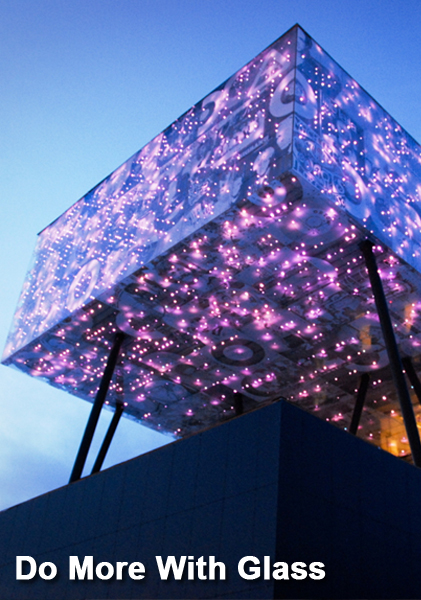DIGITAL PRINTED Glass
 WHTB architecture & design
WHTB architecture & design
From the initial design stage, through the value engineering process, we can assist architects designers and engineers with calculating the long-term savings enabled by digital ceramic printed glass. Digital ceramic in-glass printing meets complex functional performance requirements.
It enables control of all special elements of architectural and designed glass
TRANSLUCENCY/OPACITY
LIGHT DI¬FFUSION AND TRANSMISSION
SOLAR HEAT GAIN COEFFICIENCY
ENERGY EFFICIENCY
PRIVACY LEVELS
ELECTRICAL CONDUCTIVITY
SLIP RESISTANCE
ANTI-BIRD COLLISION
ANYWHERE- Exterior and interior durability. Ceramic ink resistance after tempering is equal to glass resistance.
ANYDESIGN- Personalized, opaque, transparent and textured-look effects. Micro-drop precision enables highly detailed, accurate photorealistic and graphic designs and gradients.
ANYNEED- Any aesthetic requirements and a wide range of functional applications. Micro-drop precision supports light diffusion, light transmission, energy efficiency, sun control, temperature control, privacy levels and other functional requirement.
ANYCOLOR- Multi-color printing in a single glass. Digital in-glass printing technology enables truly limitless multi-color designs with ceramic ink durability.
ANYSIZE- From small panes to building facades, with perfect-registration multi-pane printing. Modular printer hardware and advanced printing software enable simple and flexible printing on glass panes.
ANYCONDITIONS- Full resistance to weather and chemicals. Ceramic inks fused into the glass stand up to harsh weather conditions and are scratch and acid-resistant, ideal for exposed, high-traffic and graffiti-prone installations.
Digital printed glass capabilities
Print resolution: 360dpi (real)
Maximum Size : 3300 mm x 6000 mm(130″x236″)
Minimum Size : 200 mm x 300 mm (8″x12″)
Thickness: 2 mm -19mm (0.08″-0.75″)
Image format All popular graphic formats including PDF, PS, EPS, Tiff, BMP and JPEG
Code Compliance: GB 15763.2 ASTM C1048 AS/NZS 2208 BS/EN 1215